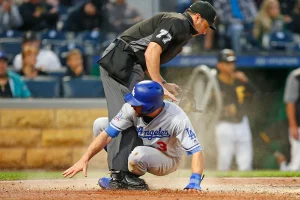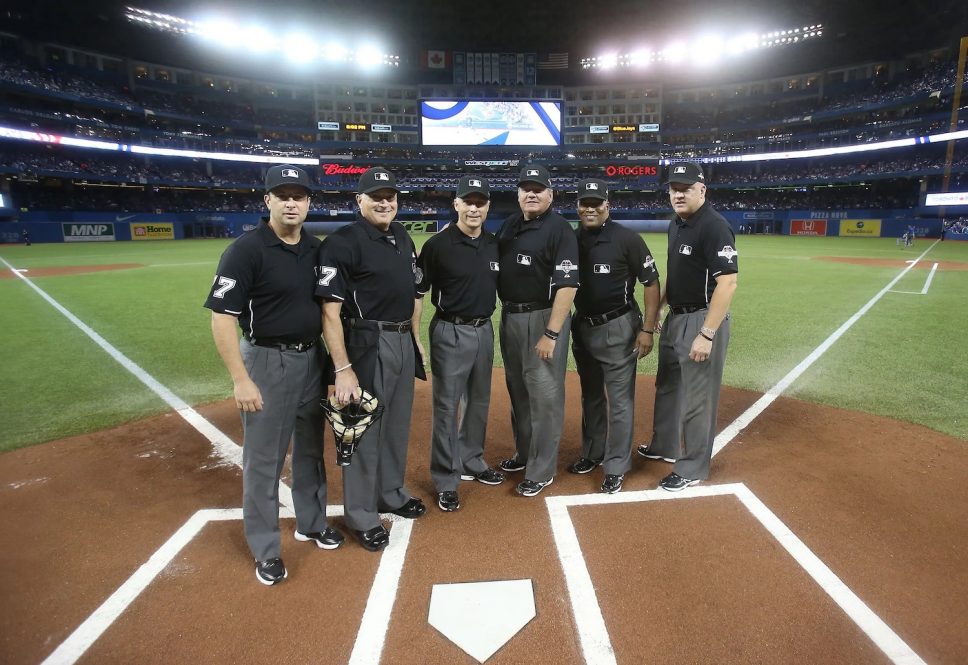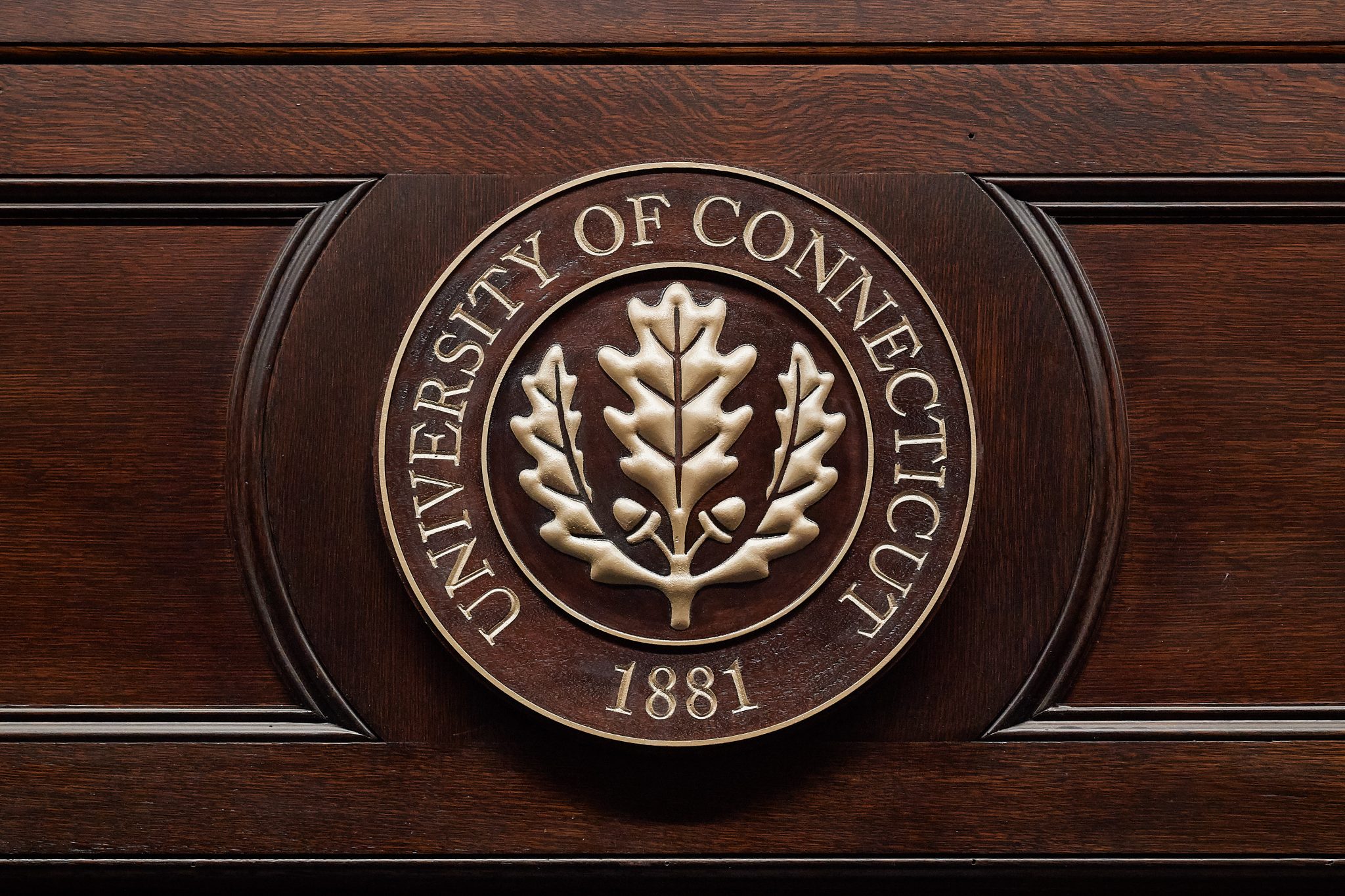The last three years our roles have changed,” says Jim Reynolds ’91 (CLAS). “The scrutiny with the pitch track system, the box, has added a lot of pressure. When Danny and I started, each umpire had their strike zone, and as long as they were consistent, everyone was happy.”
Reynolds has been umpiring in the major leagues for 22 years and Danny, aka Dan Iassogna ’91 (CLAS), for 21. Each has two World Series to his credit. Lately the game’s different.
“I’ve got a guy out there throwing 97 miles an hour, trying to fool a batter. He fools the batter. I’ve got a catcher trying to catch it, trying to pull me to where it actually crosses the plate, while going through a box — and I’m the only guy that can’t see it,” says Reynolds. It feels overwhelming at times but “our guys are really, really good at what they do. The ability of umpires right now is the best it has ever been.”
Another recent challenge is Major League Baseball’s crackdown on illegal substances — tasking umpires with banned substance inspections, which makes for some awkward encounters. Last season, the Oakland A’s Sergio Romo dropped his pants when Iassogna headed to the mound to inspect the baseball. Substance checks, spin rates, electronic strike zones, and instant replays are now status quo at the major- and minor-league levels.
“When Jimmy and I came up,” says Iassogna, “if you had a play that you wanted to see after the game, you asked the club to get the VCR tape and hopefully they taped the game, and you’d put that tape in, and you’d rewind it and it’s standard quality. You would say, it looks like I got it right or it looks like I got it wrong. Now everybody in the stands has an HD TV in their hand, and they’re watching everything, and in real time.”

Spring Training
It was the first week of classes in September of 1987, and a fire drill commenced at Tolland Hall on North Campus. Two Connecticut freshmen noticed each other wearing high school football jackets and realized they had played against each other.
Iassogna had been at St. Joseph High in Trumbull, and Reynolds went to South Catholic High in Hartford. They discovered they both had played baseball at various levels and Iassogna, the son of a high school football referee, said he thought it would be cool to be an umpire. Reynolds agreed.
Their initial gigs came at the hands of longtime UConn baseball coach Andy Baylock, who had them practice the mechanics of making safe and out calls and taught them how to position themselves to make the right call (be perpendicular to the play to get the best view for a call on the bases, he said). Eventually, they earned one classroom credit and graduated from umping JV to varsity games.
“Coach Baylock considered his umpires part of the baseball program, and we were treated that way. Although the players were not always happy with our performance, they never took it past the ball field,” recalls Reynolds. “In fact, the best player at UConn at the time was Pete Walker, now the pitching coach for the Toronto Blue Jays, and I can remember several times where if guys were getting out of hand with the student umpires, he would actually shut it down.”
“I never had any negative interactions with any of the baseball players,” agrees Iassogna, adding, “I do remember officiating some intramural basketball games that got a little dicey!”
Baylock has their umpire jerseys framed on a wall in his house. “They were dependable as undergraduates, and they’re still that way. They’re very good at what they do,” he says. “I’m very proud of what they’ve done.”



